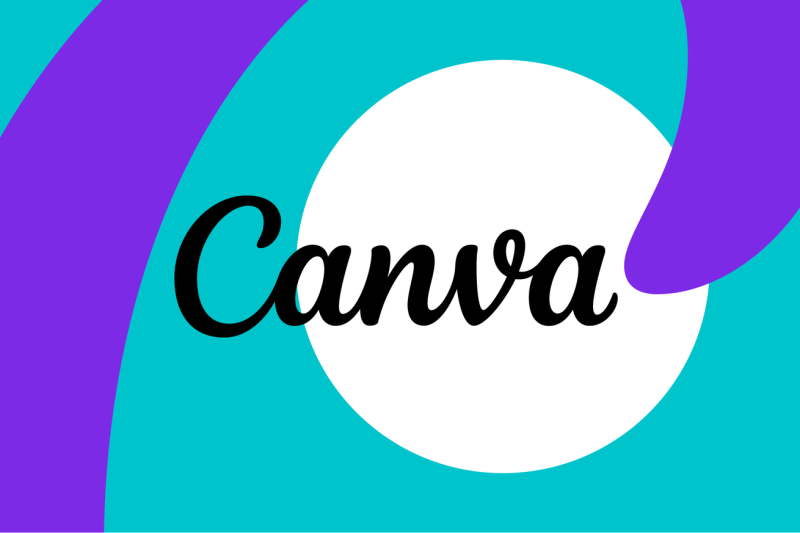In a recent move that has stirred mixed reactions among its users, Canva announced a significant price increase of 300% for its subscription plans. This decision comes alongside the introduction of new artificial intelligence (AI) features aiming to enhance user experience and design capabilities. The popular graphic design platform justified the steep price hike by highlighting the value and innovation provided by its AI tools. But the question remains: are these AI features truly worth the hefty increase in subscription costs?
Canva’s AI-powered functionalities promise to streamline design processes, boost creativity, and help users achieve professional-looking results with greater efficiency. Among the touted AI features are automatic background remover, smart resizing of designs for various platforms, color palette generator, and font pairing suggestions. These tools aim to save users time and effort, enabling them to focus more on the creative aspects of design rather than technical details.
Critics of the price hike argue that such a substantial increase may alienate existing users, especially individuals and small businesses who rely on Canva for their graphic design needs. The sudden spike in subscription costs could force some users to explore alternative platforms or reconsider their reliance on Canva as their go-to design tool.
On the other hand, proponents of Canva’s decision view the AI features as a game-changer that could revolutionize the design process for both casual users and professionals. By leveraging AI technology, Canva aims to empower users with advanced design capabilities that were previously only accessible to skilled graphic designers. The investment in AI reflects the platform’s commitment to innovation and staying ahead of the curve in a competitive industry.
While the price increase may seem drastic, it is crucial to evaluate the value proposition that Canva’s AI features bring to the table. For users who heavily rely on Canva for their design projects, the enhanced capabilities offered by AI tools could justify the higher subscription fees. Additionally, the time-saving benefits and improved design outcomes facilitated by AI features could potentially offset the increased costs in the long run.
Ultimately, the impact of Canva’s AI features and price hike will depend on how users perceive and utilize these new functionalities. It is essential for Canva to actively engage with its user base, gather feedback, and address concerns to ensure that the value proposition remains compelling despite the substantial increase in subscription fees. As the design industry continues to evolve with the integration of AI technologies, Canva’s bold move signals a shift towards more sophisticated and user-centric design solutions.






















